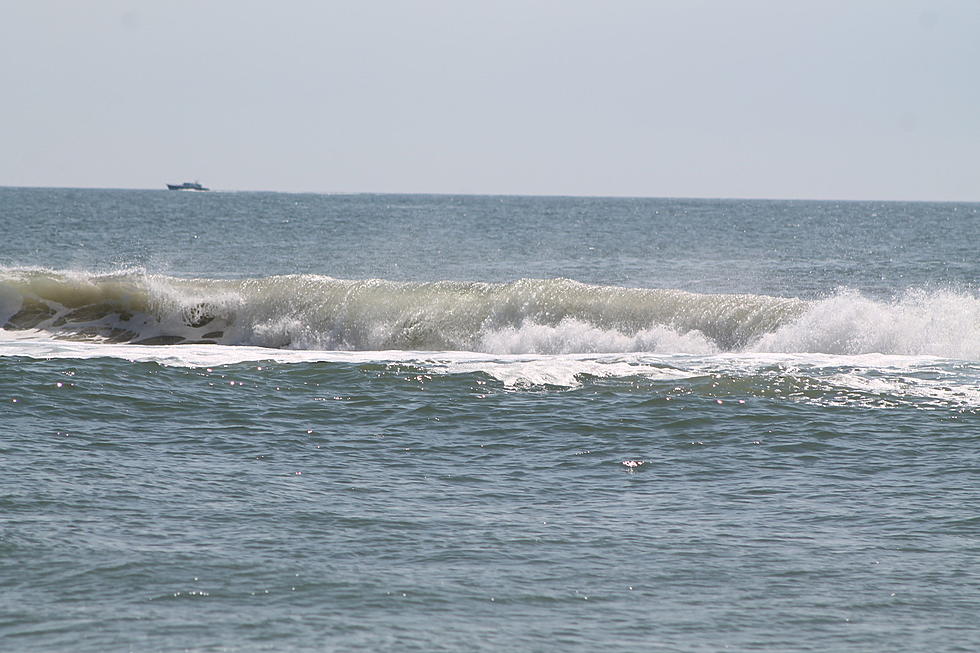
Rip Current Safety Refresher
Monday's drowning of a woman on the South Carolina Avenue beach in Atlantic City and tropical system Bertha passing South Jersey offshore this week make this a good time for a refresher course on swimming safely during times of rip currents.
As is much too often the case, Atlantic City's latest drowning tragedy happened after lifeguards had finished work for the day.
Here are some good refresher tips from the American Red Cross on beach safely during rip currents.
Rip Currents
Rip currents are responsible for deaths on our nation’s beaches every year, and for most of the rescues performed by lifeguards. Beach goers should be aware of how dangerous rip currents are, and swim only at beaches with lifeguards in the designated swimming area. Rip currents can form in any large open water area, such as low spots and breaks in sandbars, or near structures such as jetties and piers.
For your safety, be aware of the danger of rip currents and remember the following:
- If you are caught in a rip current, stay calm and don’t fight the current.
- Swim parallel to the shore until you are out of the current. Once you are free, turn and swim toward shore.
- If you can't swim to the shore, float or tread water until you are free of the rip current and then head toward shore.
- If you feel you can’t make it to the shore, draw attention to yourself by waving and calling for help.
- Stay at least 100 feet away from piers and jetties. Permanent rip currents often exist near these structures.
- If someone is in trouble in the water, get help from a lifeguard. If a lifeguard is not available, have someone call 9-1-1.Throw the victim something that floats – a lifejacket, cooler, inflatable ball and yell instructions on how to escape the current.
- When at the beach, check conditions before entering the water. Check to see if any warning flags are up or ask a lifeguard about water conditions, beach conditions, or any potential hazards.
More From Lite 96.9 WFPG








